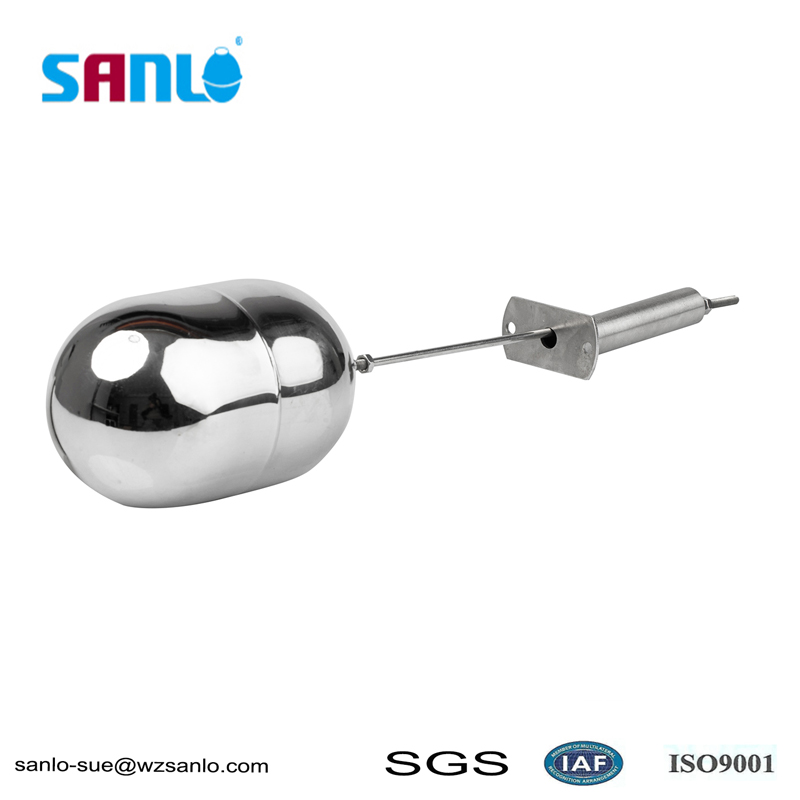Precision Float: Ensuring Accurate Measurement and Control in Fluid Systems
2025-06-04
In many industrial and engineering applications, the accurate measurement and control of liquid levels are critical. That’s where the precision float comes into play — a simple yet highly effective device designed to provide reliable, precise readings for fluid level monitoring.

What Is a Precision Float?
A precision float is a specially designed buoyant device used to detect and measure the level of liquids in tanks, reservoirs, or other containers. It typically moves up and down with the liquid surface, enabling sensors or mechanical systems to track fluid levels accurately.
Key Features of Precision Floats
1. High Accuracy
Precision floats are engineered to provide consistent and precise readings, essential for maintaining optimal fluid levels in processes.
2. Durability and Reliability
Made from robust materials like stainless steel, plastic, or composite materials, precision floats withstand harsh environments and chemical exposure.
3. Versatility
Suitable for a wide range of liquids including water, oil, chemicals, and corrosive fluids.
4. Easy Integration
Compatible with various level sensing systems such as magnetic switches, potentiometers, or ultrasonic sensors for automated monitoring.
Applications of Precision Floats
Industrial Process Control: Maintaining liquid levels in chemical tanks and reactors.
Water Treatment Plants: Monitoring water levels in filtration and storage tanks.
Oil & Gas Industry: Measuring fuel or lubricant levels accurately.
HVAC Systems: Controlling coolant and condensate levels.
Marine and Automotive: Fuel tank level sensing and monitoring.
Benefits of Using Precision Floats
Improved Safety: Prevents overflows or dry-run conditions by providing timely level alerts.
Cost Efficiency: Helps optimize fluid usage and reduces wastage.
Enhanced Process Control: Ensures consistent product quality through accurate level maintenance.
Low Maintenance: Simple mechanical design reduces the need for frequent servicing.
Tips for Choosing the Right Precision Float
Select materials compatible with the liquid’s chemical properties.
Consider size and buoyancy to match tank dimensions and fluid density.
Ensure compatibility with your existing level measurement or control system.
Evaluate environmental conditions such as temperature and pressure for durability.
Final Thoughts
Precision floats are indispensable tools for industries relying on exact liquid level measurement and control. Their simplicity, reliability, and accuracy make them an ideal choice for enhancing operational efficiency and safety across various applications.


